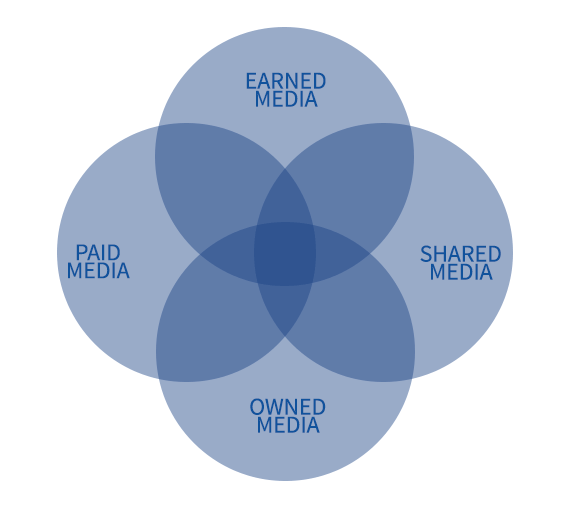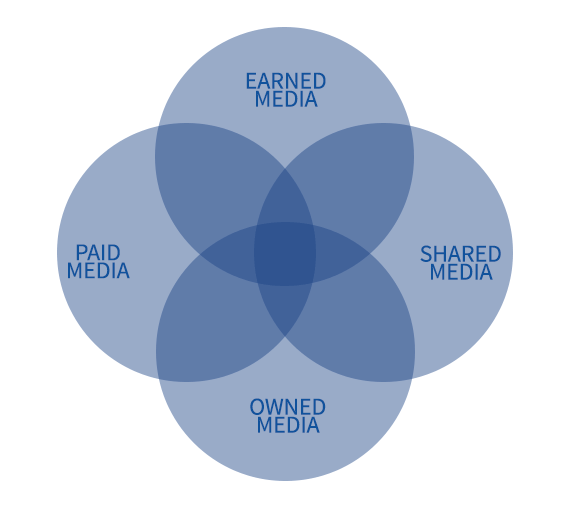Author: Armando Roggio / Source: Practical eCommerce Marketing can be bewildering. You decide which combination of creative, content, and
Marketing can be bewildering. You decide which combination of creative, content, and promotion leads to the best conversion or return on investment. How should advertising or labor be allocated? Should an online retail business focus on search engine optimization, content marketing, or something else? How are you addressing your audience of potential customers?
To cope with marketing’s potentially mysterious side, the industry has developed media models to organize, measure, and improve marketing campaigns. One of the most popular is called PESO — Paid, Earned, Shared, and Owned media.
This model makes it relatively easier to determine who creates the promotional content, who develops the audience the content is intended for, and who controls the distribution of the content.
Understanding how a model like PESO organizes marketing may help ecommerce businesses better plan marketing campaigns.

Perhaps the most obvious category in the PESO media model is paid media. It describes promotional content a company creates but is distributed or promoted by someone else, typically to an audience the other party owns.
For ecommerce, pay-per-click advertising is a common example of paid media. You create a simple text ad that is shown when someone conducts a search on Google. The ad copy is your creation but the means of reaching potential customers belong to Google and the potential customers are Google’s users (customers).
Another example could be a video ad on YouTube. Again, your company creates the video, but the platform is YouTube’s and the audience is using YouTube. Buying an ad in a newsletter or on a website is paid media, as is an ad on Hulu, Pandora, or in a local newspaper. With paid media, you are buying the right to communicate to an audience someone else created on a platform someone else owns.
To measure paid media’s performance, advertisers typically track conversions, views, clicks, or similar.
Word-of-marketing, customer-submitted reviews, and posts about your store are all examples of earned media. Earned media is content about your business that others created and distributed.
Your business might promote a press release or volunteer to be interviewed for an article or podcast. When the journalist or podcaster publishes content mentioning your business, you’ve earned that exposure.
Earned media might also come in the form of reviews on marketplaces. If you sell widget X on the Amazon marketplace and customers write reviews about widget X and your business’s…

COMMENTS